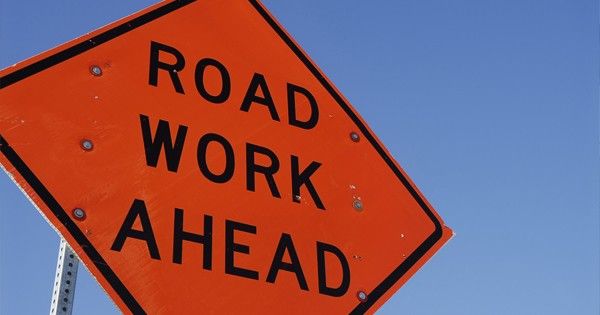Stay connected
Subscribe to our fleet blog and follow us on social media to receive all our fuel and energy industry insights.

Summertime, and the driving is not easy. There are more highway travelers clogging up the lanes (many of them teens with brand new driver’s licenses and a bad texting habit). Hot weather puts more strain on a vehicle’s cooling system and can play havoc with tire pressure. And of course, the season is marked by the appearance of orange barrels, flag men and flashing signs alerting drivers to road work ahead.
Work zones pop up all along the highway, but also on side roads and city streets. Anyone who drives for a living is bound to come upon a delay or a detour in summer, so it’s important to emphasize safety and think about route management.
Safety first
According to the Federal Highway Administration (FHWA), rear-end crashes are the most common type of work zone accident, and fatal work zone crashes occur most often in summer and fall. The driver is most often the victim.
Plenty of drivers have seen the scenario or came close to being involved in that type of accident themselves. Traffic appears to be moving along despite the “Road Work Ahead” signs. Then all of sudden the car in front of you slams on the brakes.
Safe distance driving is essential to keep this a scare instead of a tragedy. The FHWA notes that stopping distance of motor vehicles traveling at 50 mph is:
And a loaded tractor-trailer, weighing in at 80,000 pounds, takes twice that distance to stop. So it’s not a good idea to make a fast merge into the oh-so-tempting space in front of a moving truck — that driver is very deliberately maintaining a safe distance. Any car that jumps in front of it and then slows down has just set the stage for an accident.
Avoidance strategies
The best way to avoid getting caught in a construction-related traffic snarl is to know where they are and plot a route around them.
Finally
Try to remember that, annoying as those many work zones are, when all is done, the roads will be better.
Subscribe to our fleet blog and follow us on social media to receive all our fuel and energy industry insights.